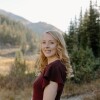A young woman with cropped hair dyed bright red steps onto the A Train in New York City. It’s the fall of 1997, and she arrived in the city only a few days ago. The subway car is crowded, but her quirky haircut and bohemian outfit make her hard to miss. A young man named Kah Poon spots the splash of red among the crowd, and instantly his creative eye is caught. Her delicate features, her style, her hair—this woman would be the perfect subject to photograph. And so he does what photographers are occasionally daring enough to do: he approaches the beautiful stranger with a request.
Kah learns the woman’s name is Annie. Conversation reveals she is in the city for much the same reason he is—to soak up the artistic opportunities of the Big Apple. They also learn they’re both Latter-day Saints and are headed to the same young single adult activity. Impressed by his kind, gentle nature, Annie agrees to schedule a time to come to Kah’s humble, in-home studio at the tip of Manhattan. She has no experience as a model, but that doesn’t prove to be a problem: Kah captures an image of her so innovative that Polaroid gives him an award for the photo and uses it on the packaging of its film worldwide.
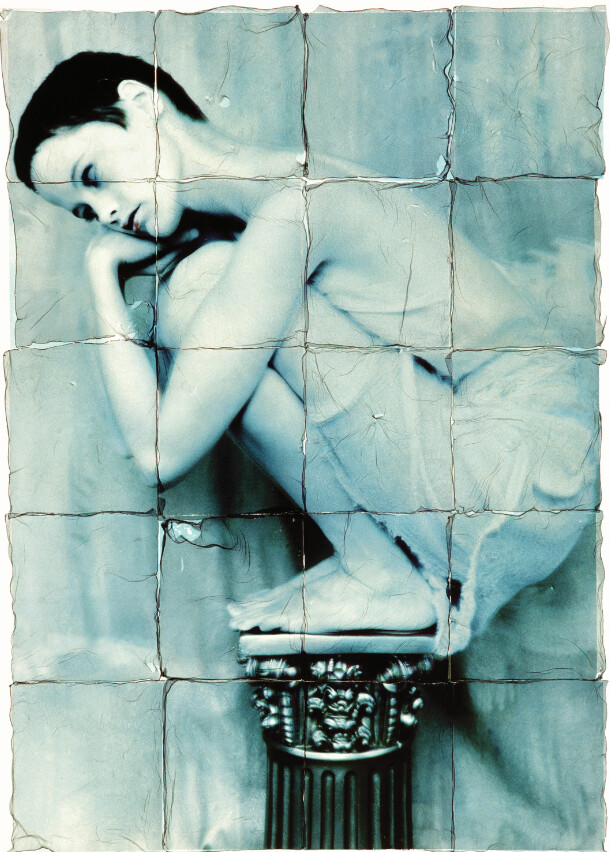
But Annie and Kah’s meeting that day on the subway car would lead to much more than a compelling photo: That initial photo shoot also began what a dear friend would years later describe as “a match made in heaven.” Kah and Annie eventually married and created a life together, helping each other reach the far-fetched dreams they had as young adults riding the subway.
“She is always very complimentary and supportive of my work, which subconsciously is a huge boost to my morale,” Kah says.
With Annie’s support and a lot of hard work, Kah rose to become a highly respected photographer in the New York City fashion world. He’s received awards from Polaroid, Fujifilm, and Adobe. Top names like Elle magazine, the New York Times, Princeton University, Polaroid, J. McLaughlin, and London Fog have sought him out for photo shoots. And most recently, he was named a master photographer by Graphis magazine, which represents the highest standard in the graphic design industry.
Annie, now a well-known multimedia artist, is proud of all Kah has grown to be and what still lies in store for him.
“I am amazed at how many different styles he’s mastered. … He has this restlessness and always says he feels like there is something more he needs to do with his photography,” she says, adding that she still holds a fondness in her heart for where their journey began: “I love the A Train; it’s my favorite train to go on because it’s where we met.”
However, while the A Train is where they met, it’s not truly where their story begins. For that, one must travel back to the moment when 10-year-old Kah unintentionally set a world record.
An Unexpected Ticket
Kah was born and raised in Singapore, where key events paved his way to the opportunities of Manhattan—events that had their start in a swimming pool very early in the morning.
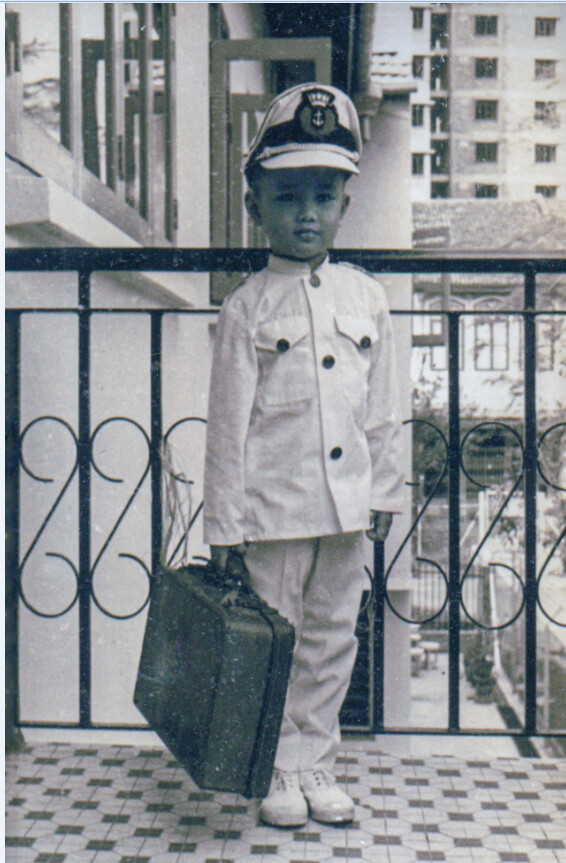
“My childhood was very structured, very regimental, because I started competitive swimming around 6 years old. My parents wanted us to go to the Anglo-Chinese Primary School, and it’s well known for its swim program—so we’d have a better chance to get in if we could swim,” Kah says. He and his two brothers were accepted into the esteemed school as they turned 7, and the competitive training continued.
The boys trained for two hours before and after school every weekday. All that practice paid off in more ways than one: not only did Kah and his brothers attend a better school, but at age 10, Kah had the best swim of his young life when he clocked a world record for the youth 100-meter freestyle at a casual swim exhibition.
“I wasn’t really prepared because usually before a competition you taper off your training, you have the right diet for a certain time, and then you compete,” Kah says. “This swim was just one of those in-between practices.”
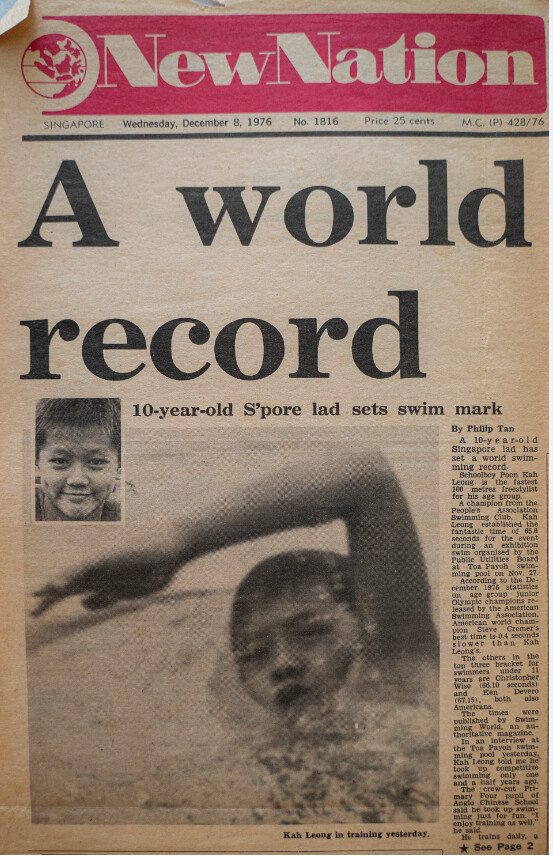
He waited a few hours while officials double-checked, but sure enough, the 10-year-old’s time of 65.6 seconds beat the previous world record. While the news was exciting, it didn’t immediately change Kah’s life. But 10 years later, after Kah had graduated the Singaporean equivalent of high school and completed two and a half years of military service, that fateful swim would serve as a hinge point for his future. A swim coach from Brigham Young University came to Singapore to recruit athletes and was interested to hear about a world record holder.
The coach was so impressed by Kah’s freestyle record that he offered him a place on BYU’s swim team. Kah had never heard of the school, and the only exposure he’d had to the Church was from watching Donny & Marie on TV. Regardless, he eagerly accepted the offer.
“I always wanted to do graphic design, and in the Singapore educational system we don’t have a lot of opportunities for the arts. So if I wanted to pursue that area, I knew I’d have to come to America,” he says. “It wasn’t hard convincing me to come.”
And while Kah was sure of his decision to attend BYU, a local pastor was alarmed when he heard the news.
Fresh Off the Plane
In order to attend BYU, Kah need to provide the school with an ecclesiastical endorsement. He had never considered himself religious, but his family had occasionally attended a local Methodist church. So he approached the pastor about signing the required form. After taking one look at the documents, the pastor began to fervently warn Kah that BYU was a cult.
Kah still decided to accept the offer, but after that introduction from his pastor, he stepped off the plane in Utah in 1988 with more than a little trepidation about his new neighbors. His roommates at BYU were eager to share the gospel with him, but Kah was apprehensive and began leaving his dorm early and returning late to avoid conversations about the Church.
“That only happened for a few weeks, though,” Kah says. “Then I found out that these people were regular freshmen who were super nice and fun. I befriended them and my freshman year was a blast.”
For the next three years, Kah studied graphic design and competed with the BYU swim team. He also frequently attended church for the social appeal but didn’t have much interest in the gospel. That began to change, however, when an exciting summer design internship with Disney was abruptly canceled.
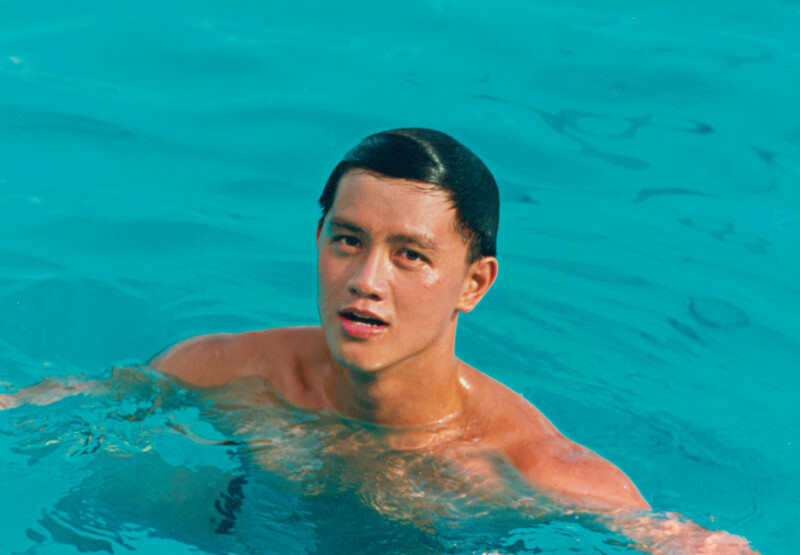
“I was so sad and didn’t know what to do. I’d had these big plans for the summer and then nothing,” Kah says. “I thought it would be the worst summer ever. Then it became the best summer of my life—this was when I was really introduced to the gospel.”
While Kah was swallowing his disappointment, a friend suggested he meet with the missionaries. Kah agreed but told himself it would be a “one-time deal.” To his great surprise, however, the gospel message resonated deeply, and for the rest of the summer and into the fall he met almost weekly with the missionaries.
When his brother back in Singapore learned that Kah was starting to seriously look into the Church, he grew concerned and urged Kah to come home for Christmas and attend their Methodist congregation again. His brother assumed that would fix the problem, but it had the opposite effect.
“I remember sitting in Singapore attending church, and it felt different. I felt empty. I didn’t feel the Spirit. My friends [there] were good people, but it was just different,” Kah says. Soon afterward he was baptized on February 6, 1992.
Now Boarding for NYC
Kah soaked up the last few years of his college experience in many ways. He made the world-renowned BYU Ballroom Dance Company and switched his major from graphic design to photography, eager to expand his creative expertise.
Despite no longer being in the graphic design program, Kah approached BYU professor Adrian Pulfer about supplementing his class schedule with more design courses.
“That’s the kind of passionate young man he was—he wasn’t just settling on a degree from BYU in photography. He wanted to be the best photographer, in my estimation, and was willing to step outside of his comfort zone and take design classes that he felt would improve his skill set,” Pulfer says.
After his graduation in 1995, Kah did something so bold he can only credit naivete for making it happen: he cold-called two big-name photographers in New York City to ask for an internship. Having received the numbers through a BYU professor, he first contacted renowned celebrity photographer Annie Leibovitz’s office. An awkward conversation ensued as the studio manager struggled to understand Kah’s full Singaporean name—Kah Leong Poon. Kah then explained he had just graduated from Brigham Young University in Provo, but the manager had never heard of the school or the city and abruptly ended the call by telling Kah that if he was ever in New York, he could call again.
“Everything with that phone call went as wrong as it could have. They basically said, ‘Please don’t call me,’ and hung up the phone,” Kah says.
Undeterred, Kah picked up the phone again and called the other professional he wanted to learn from, fine art photographer Joyce Tenneson. A similar conversation followed in which Kah was hung up on with another dismissive “Call if you’re ever in New York.”
The studios may not have taken the calls seriously, but Kah was determined. So he did what they’d said: he packed up his bags, canceled his apartment contract, and in less than two weeks had completely moved his life to New York. Then he called the studios again.
“They remembered me because that [first] phone call was so awkward. They took pity on me and [let me] come in and show them my portfolio,” Kah says. “I didn’t have a regular photography portfolio, … not because it was great, but because it was different. I had photographs that I took while traveling with the swim team or the ballroom dance team, and then I manipulated those images—and this was before Photoshop. My brother is an orthodontist, so I used a bunch of his dental tools to scratch the surface of the film to make it look very impressionistic.”
Kah presented his work to Leibovitz in the morning and Tenneson in the afternoon. Both were so intrigued by his process that in the same afternoon Kah was offered internships with professionals he describes as the best photographers on the planet. He accepted both positions and worked half the week with Leibovitz, who would later be designated as a Library of Congress Living Legend, and half the week with Tenneson.
Over the next several months, Kah had a front-row seat to learn all the ins and outs of booking and planning a photo shoot, selecting models, making connections at dinner parties, and everything else he would need to know in order to be successful in the city. Tenneson in particular became like a second mother to Kah, pushing him outside of his comfort zone and eventually hiring him as a full-time assistant.
Next Stop: Annie
As Kah continued to build a reputation for himself in New York City fashion photography, he also attended the local young single adult ward and enjoyed an active social life. He and Annie had become friends after meeting on the subway, but a few months later she left to serve a mission in Croatia and the two lost touch.
That changed, however, when Annie returned and they both went to the stake center in Manhattan to watch the October 2001 general conference.
“I was fasting on that day that I could meet the right person,” Annie says. “I had to sit in the overflow room, which was dark when I went in.”
When the broadcast was over and the lights came up, Annie turned to see Kah sitting right behind her. The two were delighted to reconnect again after such a long time, and Kah joined Annie and her sisters for a picnic in Central Park between sessions of conference. Kah soon asked Annie on their first real date, and they went to a Malaysian restaurant.
“I remember he had this T-shirt on that had dragons going around the sleeves by his biceps, and it looked so great on him,” Annie says. “We sat in the restaurant, and the next thing we knew, all the tables were put away, the chairs were up, and they were waiting for us to leave. We had just talked and talked.”
At the end of that date, Annie asked Kah to be her boyfriend. “I wouldn’t have said that if I didn’t know him for so long before and know what type of person he was. He was obviously a faithful Latter-day Saint, and so I felt comfortable with that aspect of what [a potential] marriage would be. He’s so dedicated to the gospel, and it inspired me a lot,” she says.
Annie learned later that Kah had also been fasting during general conference to find the right person to marry. So five years after their subway car meeting, Annie Benac and Kah Poon merged tracks, marrying August 6, 2002, in the Dallas Texas Temple.
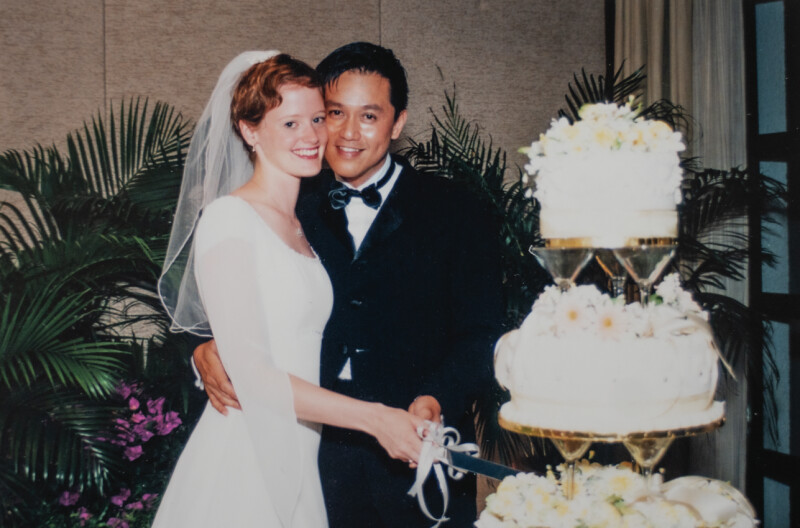
A Ticket to Ride
The Poons have lived their entire married life amid the energy of New York City. A graduate of the School of Visual Arts New York City in drawing and painting, Annie is now a multimedia artist known for her unique stop-motion animation style. Her work has been shown throughout the US, including in the National Gallery of Art in Washington, DC. Her short film “Runaway Bathtub,” which is based on her favorite childhood game, is part of an education series at the Museum of Modern Art. She’s also the artist behind the Church’s inspirational children’s video “The Shiny Bicycle.” Through it all, she’s grateful to have had Kah by her side, supporting her along the way.
“He has such imagination, and when he watches my work, he gives me ideas that a lot of times turn out to be the funniest part of my animations,” Annie says.
Pulfer, Kah’s professor from BYU, stayed in touch with Kah over the years and has worked with him on several large-scale photo shoots.
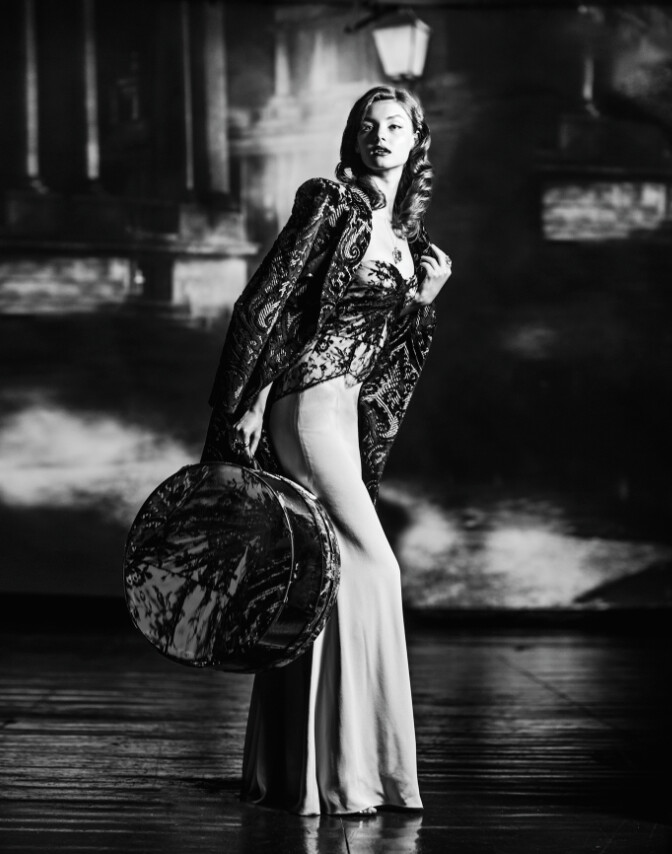
“He’s an extraordinary talent. He’s a remarkable mix of humility, passion, and perfectionism. He pushes to create the most beautiful and exceptional and communicative images at every opportunity. He has a very refined aesthetic and a beautiful eye for composition and form—not a lot of photographers have all of those things,” Pulfer says, adding that the way Kah conducts himself on set also sets him apart. “He’s just a joy to work with at every level. … Kah is very sensitive to those that he’s photographing, and he brings out the best in them.”
Being an example of kindness and clean conduct has always been important to Kah, and Annie has observed the effect he has on models and on staff.
“He’s a good example to those who come to the shoots. He’ll mention something about church, and as people get to know him, I notice they don’t use bad language around him. People pick up pretty easily that he’s not going to partake of those [negative] types of influences, whether it be partying, drinking, or swearing,” she says.
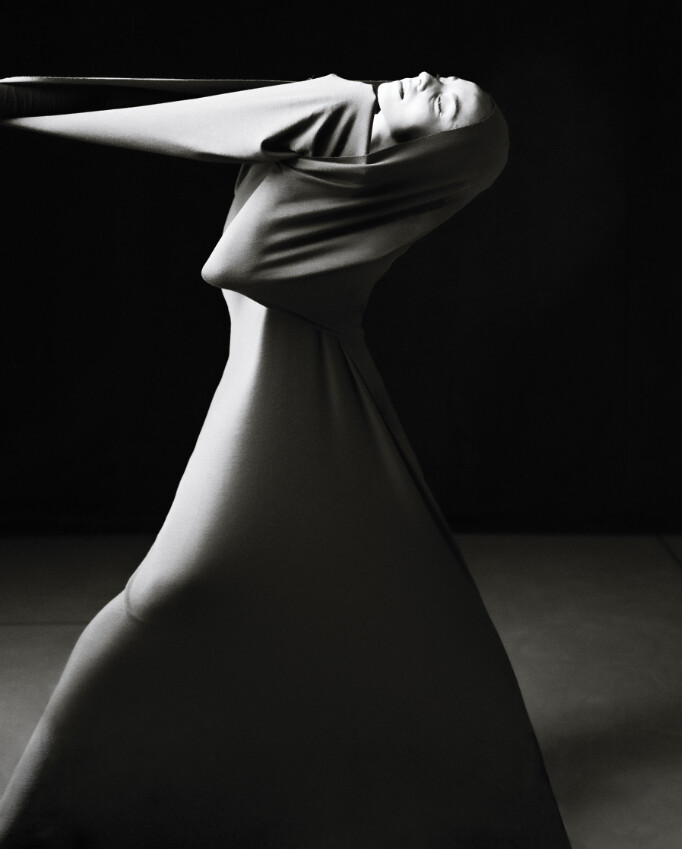
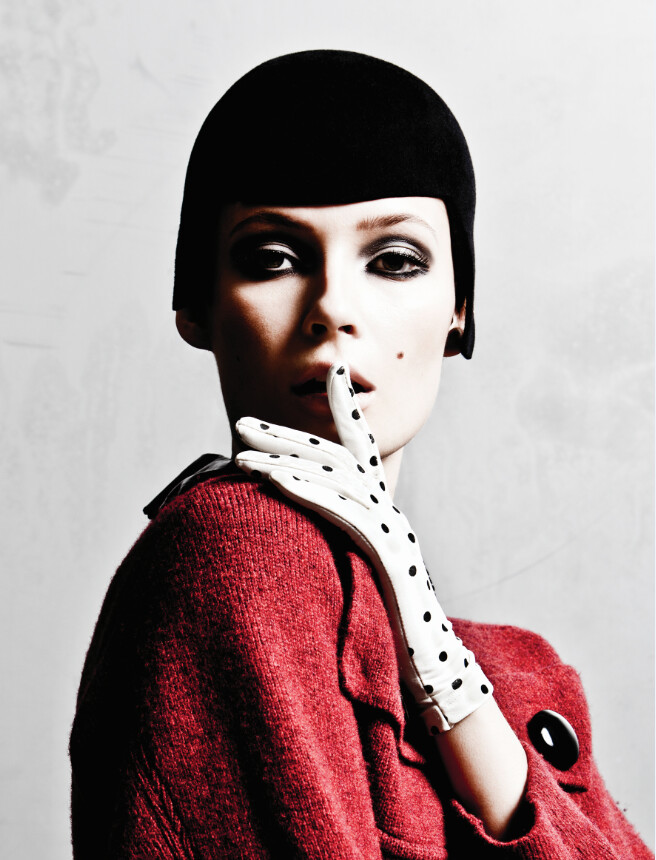
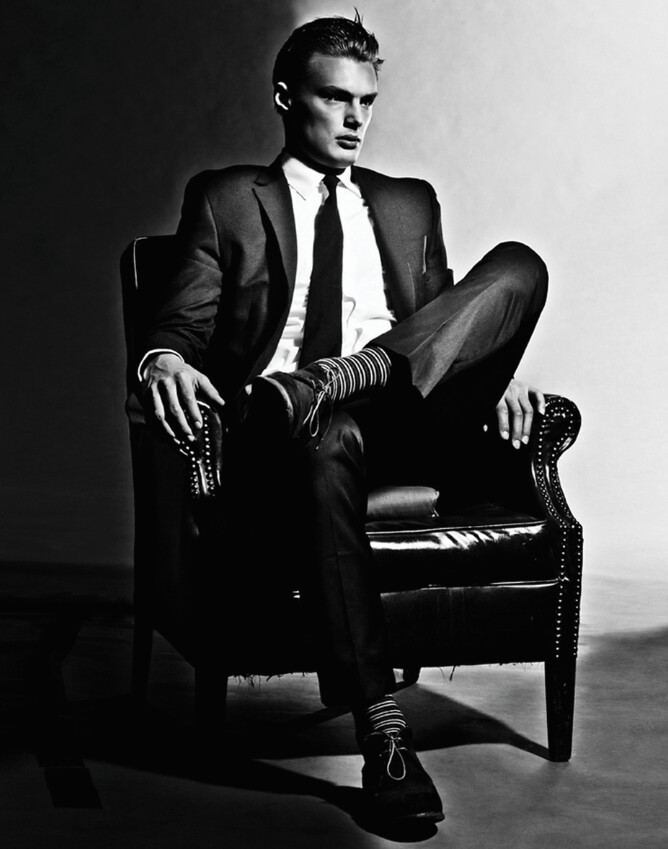
Annie and Kah also seek to support their fellow Latter-day Saints in the Union Square Ward in Manhattan. Kah served there as the Young Men president for three years and is now first counselor in the bishopric. Friend and fellow ward member Phil Morgan has seen how Kah’s unique background and life experiences bless those who feel like they don’t fit in.
“He’s more open, caring, and thoughtful of those who aren’t from the standard mold. The boys love him,” Phil says. “He’s different, and that makes others who might be different feel better about themselves, [which] makes the community more welcoming, more empathetic, and more Spirit-filled.”
While Kah and Annie love serving in New York, they have often talked about how the experiences they’re having now may be preparing them for a future destination—Church service in Singapore.
“Someday Annie and I [want] to serve a mission in my homeland of Singapore,” Kah says. “Hopefully we can bring people into the Church by using the talents that both of us have accumulated.”
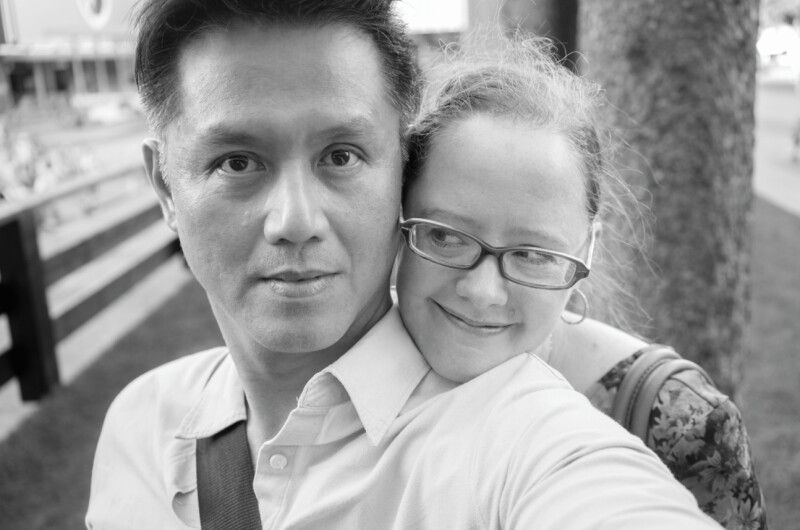
Until then, Kah senses there is still a work for him to accomplish with his photography and his church service in New York. And as he travels through life with the woman he met on the subway car, he’s grateful that the gospel helps him look beyond the lens of his camera and see the bigger picture—a loving God’s plan that is impossible to fully capture in this life, but that is infinitely beautiful.
“Everything we have comes from Heavenly Father,” he says. “I always try to imagine what my life would be without the gospel, but I cannot picture it. My life before that wasn’t bad; it was good. But compared to what I have now—and all I know now—it’s night and day.”








